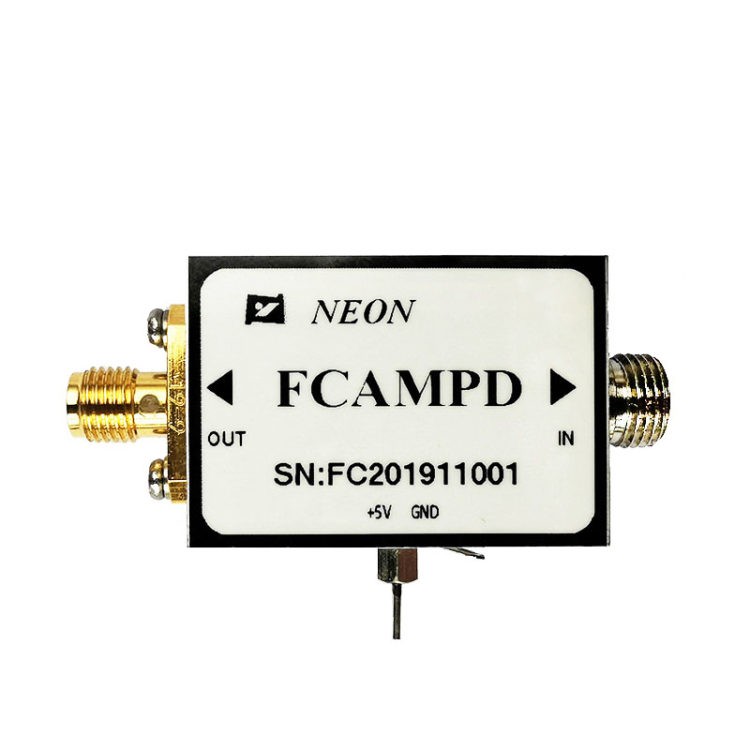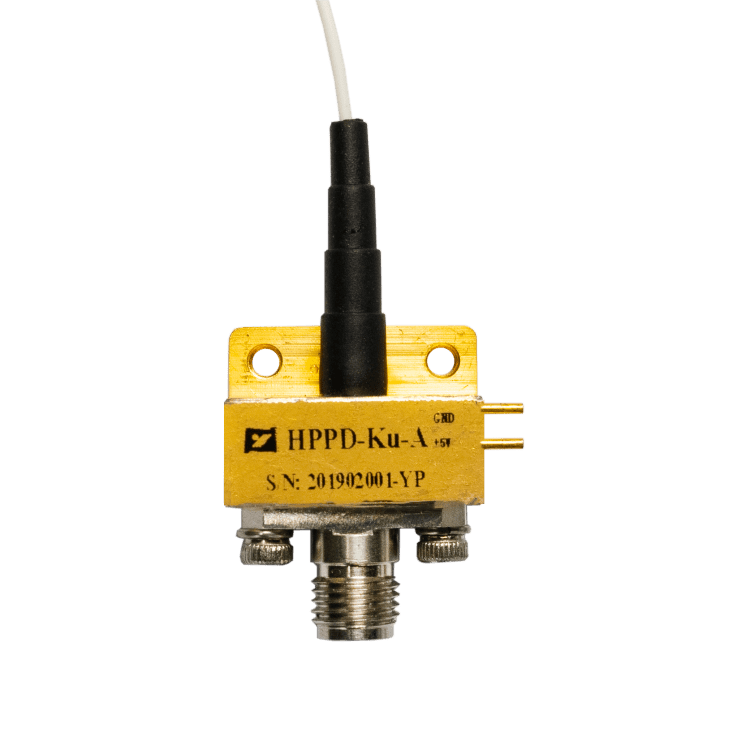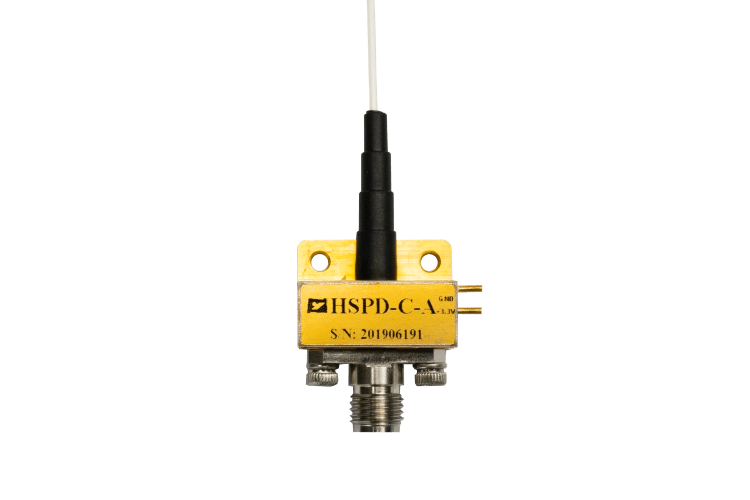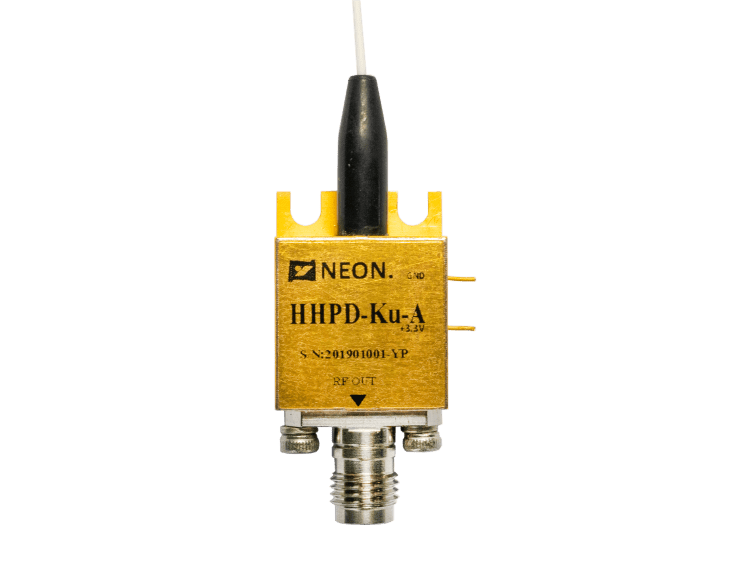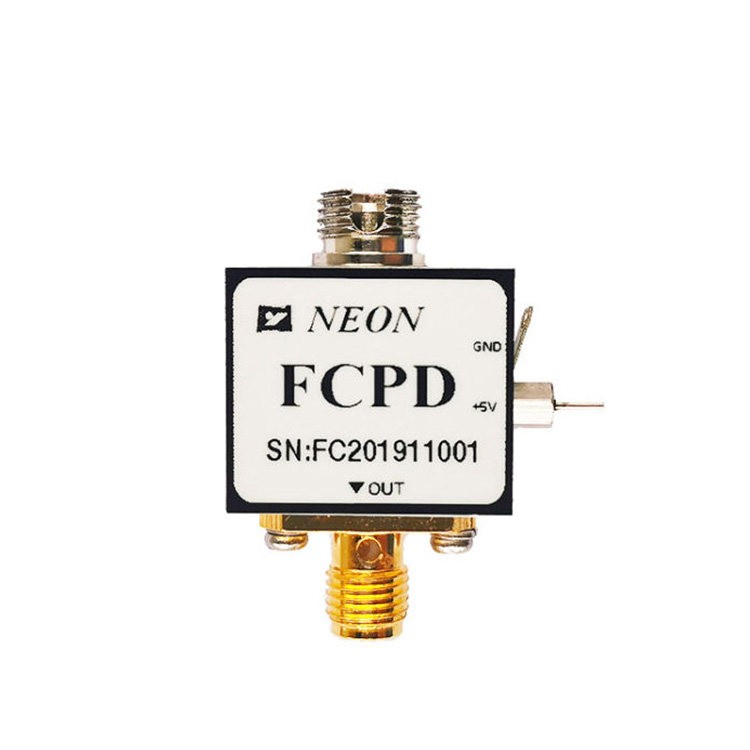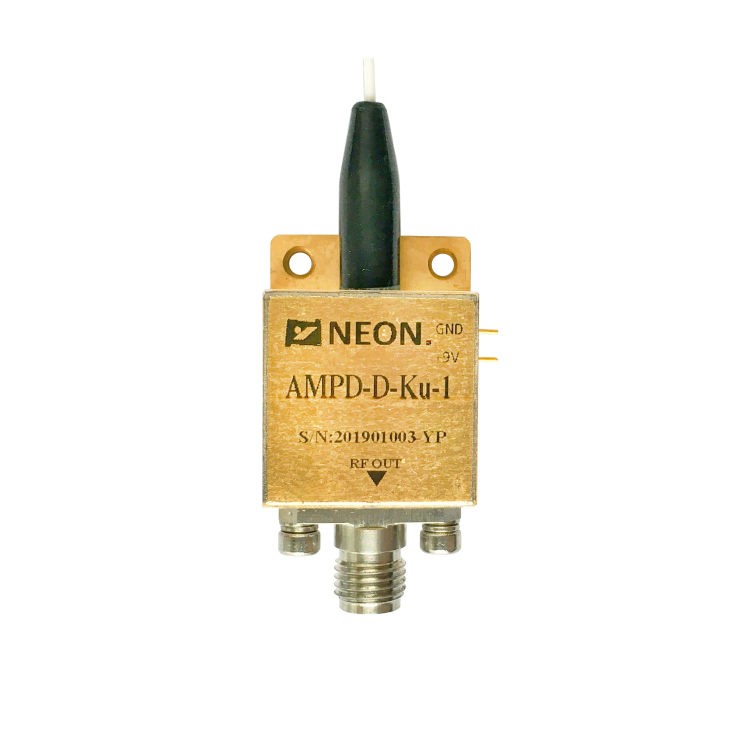What Are the Factors Affecting Photodetector Response Speed?
The primary function of photodetectors is to convert light signals into electrical signals, enabling the transmission of information across different mediums. A critical performance parameter for the photodetectors is their response speed, which directly influences the system’s data transmission rate and overall responsiveness. This article delves into the key factors affecting photodetector response time, offering insights and strategies for optimizing this crucial aspect.

What is the Photodetector Response Speed?
The response speed of a photodetector refers to the time it takes for the device to respond to an incoming light signal by generating a measurable electrical signal. This time interval, known as the photodetector response time, is crucial in determining the detector’s effectiveness in applications that require rapid signal processing. The shorter the response time, the faster the photodetector can react to changes in the incoming light signal, making it more effective in applications involving transient event capture or high-speed data transmission.
Photodetectors with fast response times are essential in scenarios where high-speed data transmission and quick reaction times are critical. For example, in high-speed optical communication systems, where data is transmitted at extremely high rates, the photodetector’s ability to quickly convert light signals into electrical signals directly impacts the system’s overall performance. Similarly, in spectroscopy and LiDAR applications, a photodetector with a fast response time can provide more accurate and timely measurements, enabling better analysis and decision-making.
Key Factors Affecting Photodetector Response Speed
Numerous factors contribute to the response speed of a photodetector. These factors range from material properties and device structure to environmental conditions and operating parameters. Understanding and optimizing these factors are critical for improving the photodetector response time and, consequently, the overall system performance.
1. Transit Time of Photogenerated Carriers in the Depletion Region
At the core of a photodetector lies the depletion region, where most light-induced carrier generation occurs. The speed at which a photodetector responds is significantly influenced by the transit time of photogenerated carriers within this region. Here’s a breakdown of the key aspects:
- Carrier Generation: When light enters the depletion region, it generates electron-hole pairs.
- Carrier Separation and Movement: These carriers are separated and driven towards the electrodes by the built-in electric field.
- Transit Time: The time taken for these carriers to traverse the depletion region and reach the electrodes is termed the transit time.
To optimize the transit time, several factors must be considered:
- Depletion Region Width: A wider depletion region increases the distance carriers must travel, potentially slowing down the response; A narrower depletion region reduces the transit time but might also decrease the device’s sensitivity.
- Doping Concentration and Material Thickness: Adjusting the doping concentration can extend the depletion region while maintaining a strong electric field, reducing the transit time without compromising sensitivity.
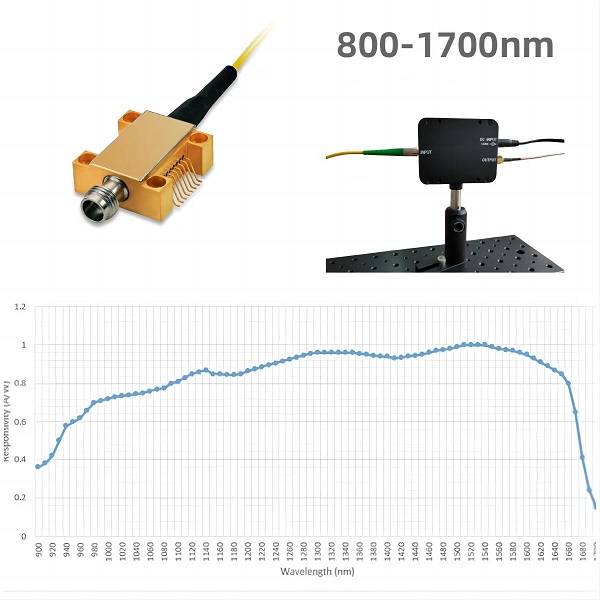
2. Diffusion Time of Photogenerated Carriers Outside the Depletion Region
Not all photogenerated carriers originate within the depletion region. Some are generated outside this region, and they must diffuse into the depletion area to be separated and collected. The time it takes for these carriers to reach the depletion region, known as the diffusion time, has a significant impact on the overall photodetector response time.
How to minimize diffusion time:
- Active Area Minimization: Reducing the photodetector’s active area shortens the distance carriers need to diffuse, enhancing response speed.
- Material Purity: High-purity materials with fewer impurities and structural imperfections allow for smoother carrier movement, reducing diffusion time.
- Optimized Device Structure: Properly designed structures minimize defects and traps that slow down carrier diffusion.
3. Capacitance of the Depletion Region
The capacitance of the depletion region is another crucial factor that affects the photodetector’s response speed. Capacitance is the ability of the depletion region to store charge, and it has a direct impact on the response time.
To optimize capacitance and improve response speed:
- Reduce Depletion Region Capacitance: Employ lightly doped materials or design ultra-thin depletion regions to reduce the amount of charge stored, allowing for faster charging and discharging.
- Advanced Device Structures: Use structures incorporating high-k dielectric materials to further reduce capacitance without compromising the photodetector’s sensitivity or efficiency.
4. Carrier Mobility of the Material
The material chosen for a photodetector significantly influences its response speed, primarily due to the carrier mobility. Carrier mobility is the ability of charge carriers (electrons and holes) to move through a material when subjected to an electric field, and it directly affects the photodetector response time.
Key factors related to carrier mobility include:
1. Impact of High Carrier Mobility:
- Faster Drift Speed: High carrier mobility enables faster movement of carriers under an applied electric field, resulting in quicker response times.
- Material Examples: Indium Phosphide (InP) and Gallium Arsenide (GaAs) are materials known for their high carrier mobility, making them ideal for high-speed photodetectors.
- Application Suitability: High carrier mobility materials are especially beneficial in applications that require rapid signal processing.
2. Optimizing Carrier Mobility:
- Material Selection: Choosing materials with inherently high carrier mobility is essential for enhancing photodetector response speed.
- Growth and Fabrication Processes:
- Molecular Beam Epitaxy (MBE): This technique helps produce materials with fewer defects and higher crystallinity, which boosts carrier mobility.
- Metal-Organic Chemical Vapor Deposition (MOCVD): Similar to MBE, MOCVD enhances material quality, leading to better carrier mobility and faster response times.
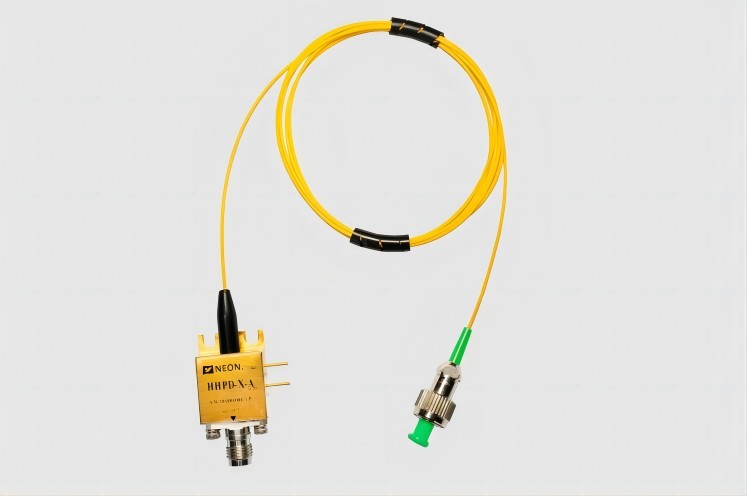
5. Device Structure Design
The structure of the photodetector is another critical factor influencing its response speed. Specific design choices can significantly impact how quickly the photodetector can operate.
Key considerations in photodetector structure design include:
1. Vertical Structure Designs:
- Efficient Carrier Separation: Vertical structures allow light to enter the device perpendicularly to the depletion region, promoting more efficient carrier separation and transport.
- Shortened Carrier Paths: By reducing the distance that carriers must travel, vertical designs decrease both transit and diffusion times, which enhances the overall response speed.
- Application Advantages: This structural design is particularly effective in high-speed optical communication and real-time imaging systems, where rapid response times are crucial.
2. Advanced Device Architectures:
- Multi-Junction Designs: These designs optimize the interaction between light and the photodetector material, improving carrier generation and separation efficiency.
- Multi-Layer Structures: Similar to multi-junction designs, multi-layer structures enhance response speed by maximizing the efficiency of the photodetector’s interaction with light.
6. Operating Environment and Temperature
The operating environment, especially temperature, plays a significant role in determining the photodetector response time. High temperatures can have adverse effects, reducing the device’s performance.
Key aspects of the operating environment and temperature include:
1. Effects of High Temperatures:
- Increased Carrier Scattering: Elevated temperatures lead to more carrier scattering, which reduces mobility and slows down the photodetector response.
- Slower Response Time: As carrier mobility decreases, carriers take longer to move through the material, resulting in a slower response.
2. Mitigating Temperature Effects:
- Thermal Management:
- Cooling Systems: Implementing effective cooling solutions, such as heat sinks or thermoelectric coolers, helps maintain optimal operating temperatures.
- Material Selection: Choosing materials with higher thermal stability or designing heat-resistant structures can preserve response speed in high-temperature environments.
- Consideration of Thermal Coefficient:
- Consistency in Performance: Materials with low thermal coefficients exhibit minimal changes in carrier mobility with temperature variations, ensuring consistent high-speed response across different operating conditions. This is vital for applications where the photodetector must maintain performance over extended periods.
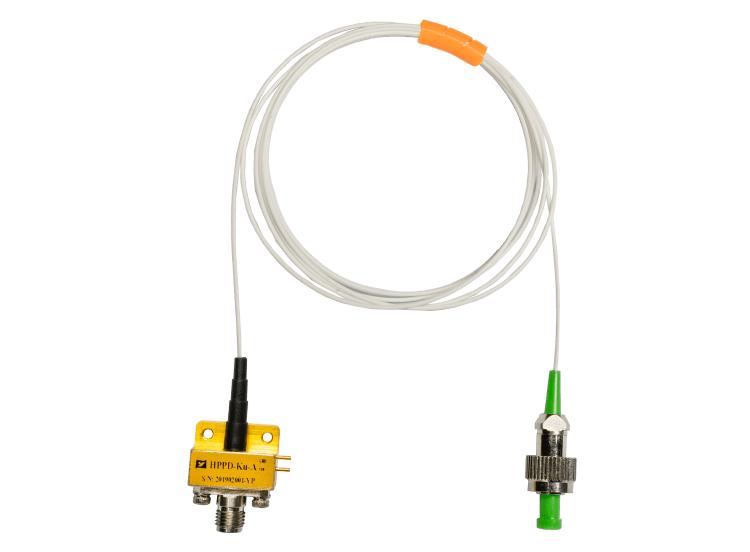
7. Surface Reflectivity and Input Light Source Frequency
The surface reflectivity of a photodetector and the characteristics of the input light source, such as frequency and wavelength, are crucial factors affecting the response speed. Here’s how these factors impact performance:
1. Surface Reflectivity:
- Impact on Light Absorption: High surface reflectivity causes a portion of incoming light to be reflected away from the photodetector, reducing the amount of light available for carrier generation.
- Effect on Response Time: Reduced light absorption leads to fewer carriers being generated, which weakens the electrical signals and slows down the response time.
- Optimization Strategies:
- Anti-Reflective Coatings: Applying coatings to the photodetector surface reduces reflection and increases light absorption.
- Enhanced Efficiency: These treatments help maximize light absorption, leading to a quicker response by generating more carriers.
2. Input Light Source Frequency and Wavelength:
- Material Absorption Characteristics: Different photodetector materials have varying absorption efficiencies for different wavelengths. Materials are optimized to absorb light most effectively within specific wavelength ranges.
- Matching Light Source:
- Wavelength Alignment: Choose a light source with a frequency and wavelength that align with the photodetector’s peak absorption range to improve response speed.
- Material Examples:
- Gallium Arsenide (GaAs): More efficient with light sources in the near-infrared range.
- Indium Phosphide (InP): More responsive to light in the longer wavelength infrared range.
- Response Improvement: Aligning the input light source with the photodetector’s material properties ensures maximum light absorption, leading to faster carrier generation and a quicker overall response.
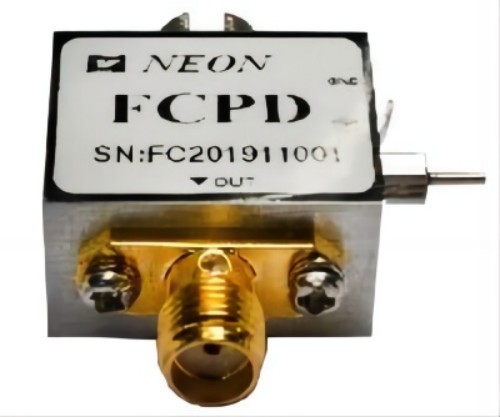
In conclusion, the intricate interplay of physical processes within a photodetector, combined with strategic design and material choices, holds the key to unlocking its full potential. By understanding the factors influencing response time and implementing effective optimization strategies, researchers and engineers can develop faster and more efficient photodetectors to meet the demands of emerging applications. As technology continues to evolve, we can expect further advancements in photodetector performance, paving the way for exciting new possibilities in fields such as optical communications, sensing, and imaging.


